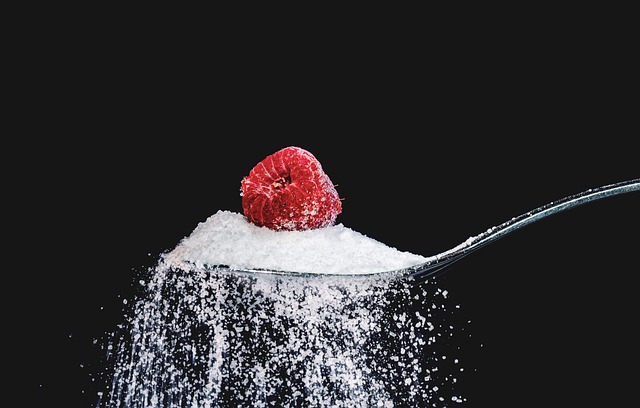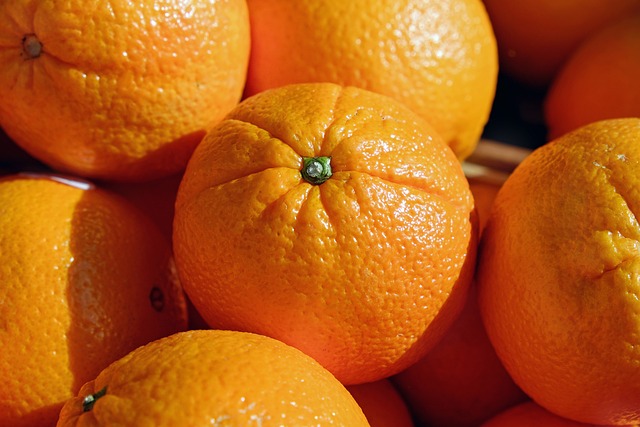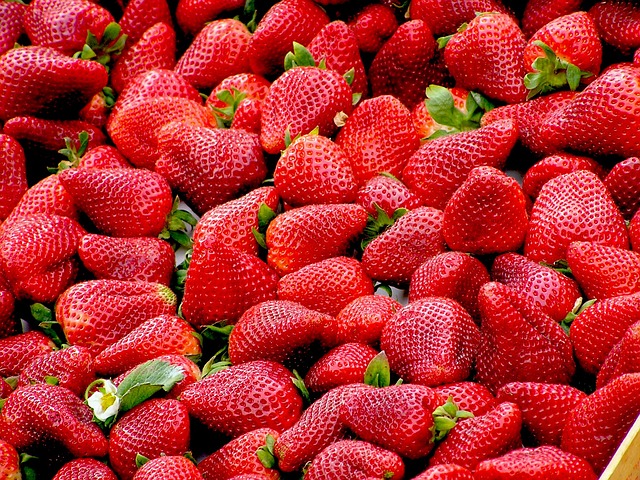Beyond Yogurt: Exploring Lesser-Known Sources of Probiotics
When most people think of probiotics, yogurt is often the first thing that comes to mind. Yogurt has long been praised for its beneficial bacteria, but did you know that there are many other lesser-known sources of probiotics? In this article, we will explore some alternative options that you can incorporate into your diet to boost your gut health.
Sauerkraut
Sauerkraut is a fermented cabbage dish that originated in Germany. It is made by lacto-fermentation, a process that involves adding salt to the cabbage to draw out the moisture and create the perfect environment for beneficial bacteria to thrive. The result is a tangy and delicious probiotic-rich food.
Not all sauerkraut is created equal, though. To ensure that you are getting the most out of this probiotic source, opt for unpasteurized varieties. Pasteurization kills off the beneficial bacteria, so look for sauerkraut that is labeled as raw or fermented to ensure maximum benefits for your gut.
Kombucha
Kombucha is a type of fermented tea that has become increasingly popular in recent years. It is made by fermenting sweetened tea with a SCOBY (symbiotic culture of bacteria and yeast) that creates a unique blend of beneficial bacteria and yeast. The result is a fizzy, tangy drink that is not only delicious but also packed with probiotics.
Kombucha is available in various flavors and can be found in most health food stores. However, it is important to note that kombucha does contain trace amounts of alcohol due to the fermentation process, so consume it in moderation.
Miso
Miso is a traditional Japanese seasoning that is made by fermenting soybeans with salt and a type of fungus called koji. This fermentation process gives miso its distinctive, savory flavor. It is an excellent source of probiotics and can be used in various dishes, such as soups, dressings, and marinades.
When buying miso, look for unpasteurized versions to ensure that it still contains live probiotics. Miso paste can typically be found in the refrigerated section of health food stores or Asian markets.
Kimchi
Kimchi is a staple in Korean cuisine and is made by fermenting cabbage and other vegetables with a variety of seasonings, including chili pepper, garlic, and ginger. Like sauerkraut, kimchi undergoes lacto-fermentation, which produces healthy bacteria that can benefit your gut.
Kimchi is known for its spicy, tangy flavor and can be enjoyed as a side dish or added to various recipes. As with sauerkraut, it is essential to choose unpasteurized kimchi to reap the full probiotic benefits.
Tempeh
Tempeh is a traditional Indonesian soy product made from fermented soybeans. It has a nutty flavor and a firm, meaty texture, making it a popular meat substitute for vegetarians and vegans. Apart from being a great source of plant-based protein, tempeh is also rich in probiotics.
To incorporate tempeh into your diet, try marinating and grilling it as a burger patty or slicing it up to add to stir-fries or salads. Look for organic and non-GMO tempeh for the best quality and maximum probiotic content.
Conclusion
While yogurt is undoubtedly a popular and accessible source of probiotics, it is exciting to explore the wide range of lesser-known options that can provide the same benefits. From sauerkraut and kombucha to miso, kimchi, and tempeh, there are plenty of delicious and nutritious sources of beneficial bacteria to choose from. Incorporating these probiotic-rich foods into your diet can help support a healthy gut and overall well-being.
So, the next time you think of probiotics, remember to look beyond yogurt and try out these alternative sources!







